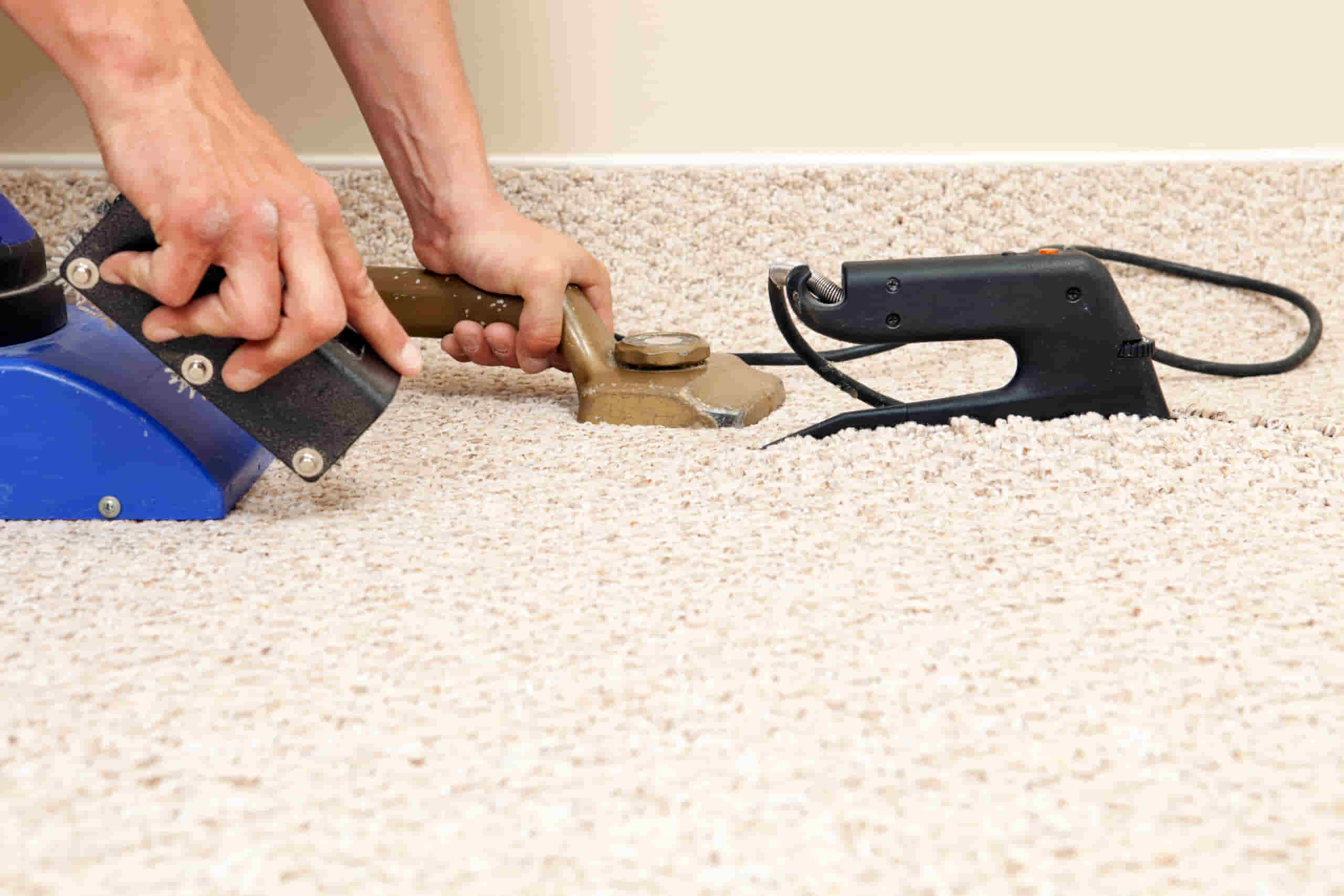
If you’ve noticed damage on your carpet—from stains and wear to loose seams or pet scratches—you’re not alone. Carpet repairs can seem overwhelming, but the good news is that with a few essential tools, you can tackle these tasks yourself, especially for minor issues. Whether you’re dealing with spills, pulls, or other damage, these DIY carpet repair tools will help you restore the beauty of your floors without breaking the bank. Plus, if you’re looking to improve your space, carpet restoration Brisbane have effective tools for helping you.
Why Consider DIY Carpet Repair?
Before diving into the tools, it’s worth asking why DIY is a great option. For many homeowners in Brisbane and beyond, carpets bring warmth, style, and comfort to a home. However, carpets also take a lot of wear and tear, especially in high-traffic areas. Professional carpet repairs or restoration services can be costly, and they’re not always necessary for small fixes. By learning a few repair techniques and gathering some essential tools, you can restore and extend the life of your carpets yourself. DIY also gives you the flexibility to repair problems as they arise, keeping your carpets looking their best at all times.
Essential Tools for DIY Carpet Repair
Carpet Knife or Utility Knife
A carpet knife is a must-have tool for carpet repair. A sharp, durable blade will allow you to trim damaged carpet fibers, cut patches, or make precise cuts around damaged areas. Utility knives can also be useful, but they must be kept sharp to avoid fraying. With this tool, you can remove torn or stained sections neatly, making it easier to install a seamless patch.
Carpet Seam Roller
If your carpet is starting to lift at the seams, a carpet seam roller can help press the edges back together, creating a smooth, joined surface. This tool is crucial for carpet restoration projects, especially when patching or connecting sections of carpet. Simply roll it along the seam for a secure bond, whether you’re joining a small repair patch or tackling a larger seam issue.
Double-Sided Carpet Tape
For Brisbane DIYers aiming for quick carpet fixes, double-sided carpet tape is a lifesaver. Perfect for small repairs like securing loose edges or sticking down corners, it allows for easy application and a clean hold. Tape is especially handy for renters or temporary fixes since it’s less invasive than adhesive.
Carpet Stretcher (or Knee Kicker)
Over time, carpets can loosen and develop ripples, especially in high-traffic areas. A carpet stretcher or knee kicker helps pull the carpet taut, removing unsightly ripples and giving your floor a smooth finish. Although using a knee kicker takes a bit of practice, it’s incredibly effective for removing waves or wrinkles without requiring professional assistance.
Seam Sealer Glue
For repairs that require added stability, seam sealer glue provides a strong bond for edges or seams. A small amount of seam sealer prevents unraveling and reinforces the edges of patches, helping the repair last longer. This glue is ideal for repairing small tears or reinforcing seams after they’ve been rolled with a carpet seam roller.
Carpet Patching Kit
If you’re dealing with a significant carpet stain or area of wear, a carpet patching kit can come in handy. Most kits come with adhesive and a carpet cutter, making it easy to create a seamless replacement for damaged areas. You’ll want to find a patch that closely matches your existing carpet for the best results, especially in more visible areas.
Heavy-Duty Scissors
Heavy-duty scissors are a great alternative to a carpet knife for cutting smaller areas or trimming loose fibers. Ideal for precision work, they’re handy for tackling frayed carpet edges or for shaping a carpet patch before adhering it to the floor.
Additional Tips for DIY Carpet Restoration Brisbane Residents Should Know
Living in Brisbane comes with a few unique challenges—between the warm weather, outdoor lifestyle, and potential for high foot traffic in homes, carpets can wear faster. For DIY carpet repair, keeping a few basics in mind can help ensure lasting results:
- Act Quickly on Stains: Quick action on spills and stains can prevent permanent damage.
- Use Matching Materials: For any patches, try to use leftover pieces of the same carpet or find a closely matched section from hidden areas.
- Test Adhesives: Different carpets react differently to adhesives, so test a small area first to ensure there’s no unwanted damage.
When to Call a Professional for Carpet Repairs
Although DIY can handle most small-to-medium repairs, there are times when it’s best to call in the professionals. For deep stains, water damage, or extensive fraying, a carpet restoration specialist in Brisbane can save time and prevent further damage. Professionals also have access to commercial-grade equipment, like power stretchers, which can be more effective than DIY alternatives.
Conclusion
Carpet repair doesn’t have to be daunting, especially with the right tools. DIY carpet repairs can extend the life of your carpet, help you save on replacement costs, and allow you to address damage on your own terms. From seam rollers and carpet stretchers to heavy-duty scissors and patching kits, these essential tools are perfect for both simple fixes and larger carpet restoration projects in Brisbane.
By investing in these tools and learning basic carpet repair techniques, you’ll be able to maintain a beautiful, damage-free carpet that lasts for years to come. So next time you spot a ripple, stain, or loose seam, try tackling it yourself—your wallet and your carpet will thank you.







